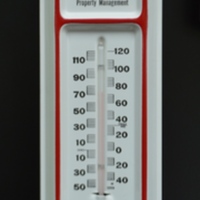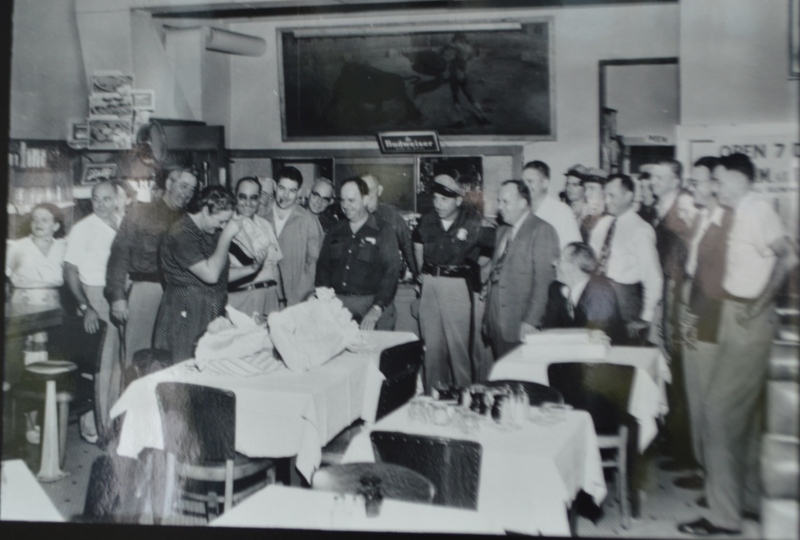Necessity Shops in the 1940s
The block contained many necessities for everyday life and seemed to reflect a one stop kind of block for all of one’s daily (and not so daily) needs. In the mornings, one could pick up one of four local newspapers and stop by to get a cup of coffee at the Orange Coffee Shop. During the evening one could take a stroll or perhaps even window shop at one of the stores that sold hats, jewelry, or shoes. The options were endless with over 90 tiny offices, shops, restaurants, buildings, and residences contained within the street block. This was in direct contrast to the less colorful landscape of offices and parking lots that would later dominate this area just a decade later in the mid-1950s with the building of the CNA Tower.
Orlando, in general, has a significant part of its economy based on agricultural goods, which can be reflected in the number of tiny offices for agricultural transportations firms in this block. These offices included ones for United Growers and Shippers Association, United Florida Citrus exporters, as well as several others. Notably, there was the Florida Citrus Organizing Committee and a State Department of Agriculture cotton inspection office, which connected Orlando to the greater Florida agrarian market.
There were several stores that perhaps supplied Orlando’s produce, such as the All American Store Grocers, Florida Seafood and Poultry Market, Watts Fred Fruits, Foster Preston, Francisco Pete J. Fruits, and Table Supply Stores. There were even three grocery stores that are still of statewide importance: Chamberlain Natural Food, Piggly-Wiggly, and Publix. This shows how the block was a mix of mom-and-pop shops, local markets, and stores of growing national importance.
One notable man, who contributed to the food supply and provided invaluable other services to the block, and the whole city, was Walter Bass. He owned several businesses that helped buildup and add character to the block. The first of these business was a meat market which he ran until 1946 when he bought the Leon Hotel (formerly the Astor Hotel) on 217 S. Orange. After the hotel was demolished, Bass moved on to work in the real estate business. In 1945, there were seven separate real estate agencies working in the area.
Apart from there being a large number of food stores, there were several restaurants available to public consumers. There was Cervantes Spanish Restaurant (that competed with another Spanish restaurant across the street), King Marie Mrs. Restaurant, and the local coffee shop to provide food already cooked.
Bibliography
"Street Directory." In Florida Polk's Orlando City Directory: Including Conway, Maitland andWinter Park. Orlando: R.L. Polk & Company, 1945-6.
"Street Directory." In Florida Polk's Orlando City Directory: Including Conway, Maitland andWinter Park. Orlando: R.L. Polk & Company, 1948.

